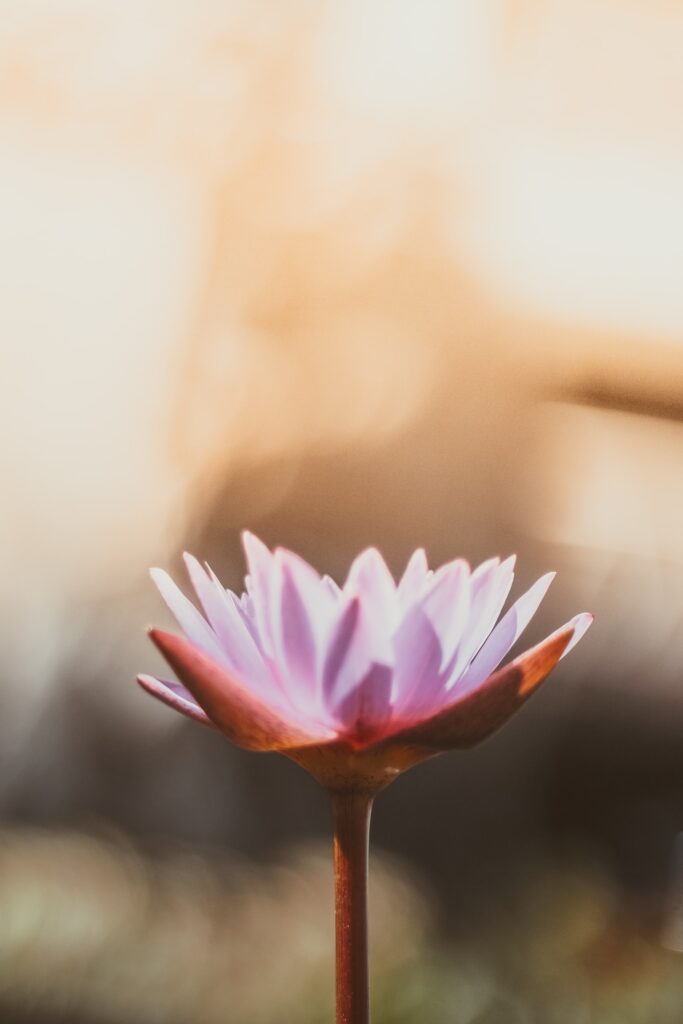DROP-IN
1 class – $15
5 classes – $65
10 classes – $120
20 classes – $200

Mudra, Mantra et Méditation
Niveau : Tous les niveaux
Les mudras sont des gestes anciens du corps, des mains et du visage, utilisés pour accéder à des états spirituels de conscience grâce aux nombreuses terminaisons nerveuses sensorielles et motrices de nos mains et de nos doigts. Avec la pratique, ces gestes permettent d’éveiller des attitudes et des qualités favorisant la santé du corps, de l’esprit et de l’âme.
Les mantras sont des vibrations sonores répétées pour calmer l’esprit et le corps, et ainsi favoriser une méditation plus profonde. En utilisant un son, un mot ou une phrase, on améliore la concentration et la focalisation.
En combinant différentes techniques de respiration avec les mudras et les mantras, il devient possible de se détendre pleinement et d’entrer plus profondément dans la méditation.
During this practice, we will be using different breathing techniques along with mudras and mantras to help you relax more fully into the meditations.
Some of the benefits of meditation are increased self-compassion and self-awareness, reduced stress and a more positive outlook on life. Meditating in a group helps beginners tap into a collective energy to relax deeper into the practice.
Combination of postures and breathing (for example: hatha yoga),
The use of specific sounds repeated aloud (for example: mantra yoga or Japa yoga),
Visualization of images or colors (efor xample: visualization of the chakras and the corresponding colors as in kundalini yoga).


Meta 1111 is conveniently located on Queen-Mary street, 5 minutes by foot from Snowdon metro station and close to Highway 15.
BOOK YOUR CLASS